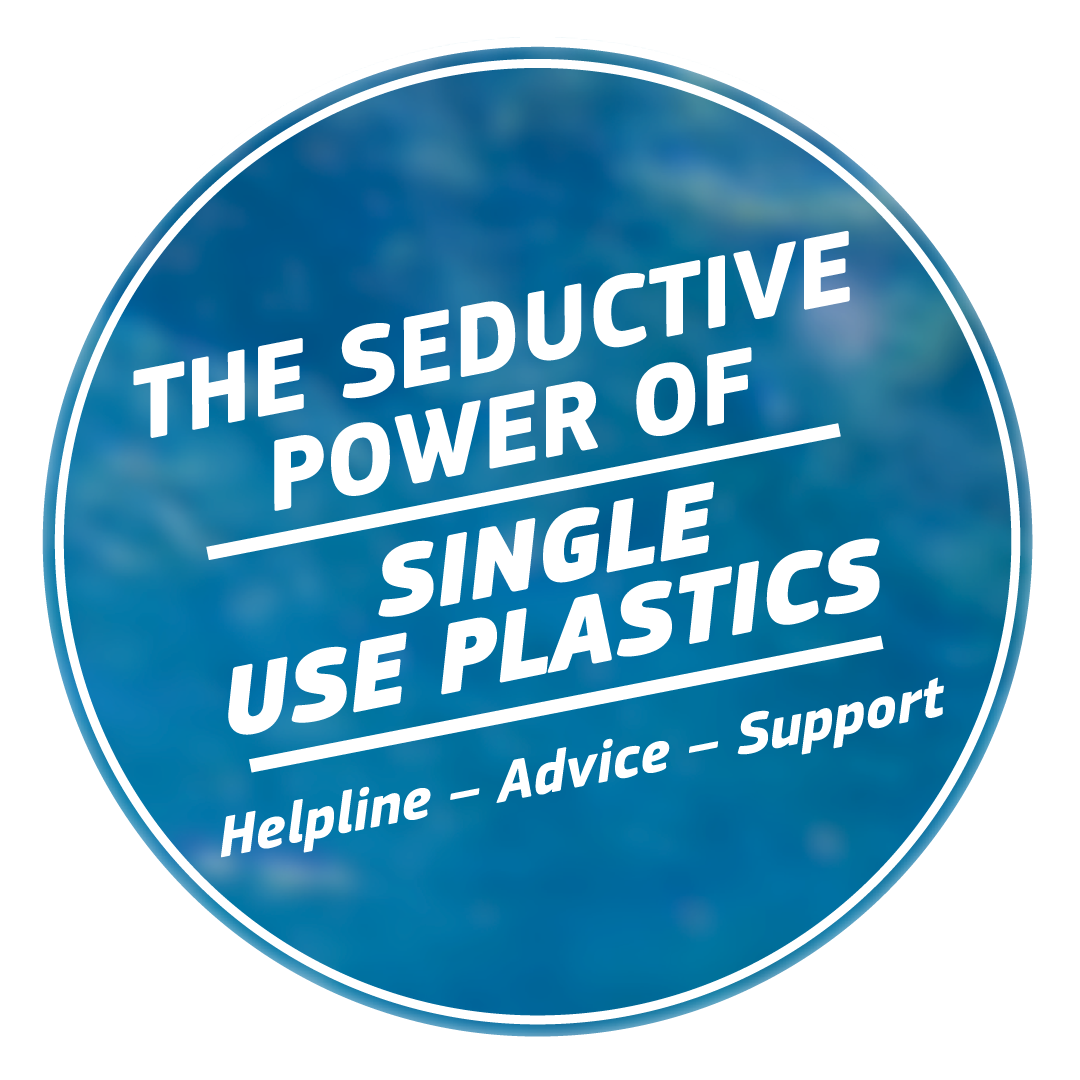

Single-use plastics: are you #ReadyToChange?
Life moves so fast that we don’t always have the time to think about the impact of the small, daily choices we make – like using a take-away coffee cup with a plastic lid or accepting a straw with our drink.
43% of all marine litter polluting our oceans is made up of just 10 types of single-use plastic items; food containers, take-away beverage cups and lids, cotton buds, cutlery (including plates, stirrers and straws), balloons and balloon sticks, packets and wrappers, beverage bottles, cigarette butts, sanitary products, and carrier bags. As soon as we’re finished using these items, they often end up in the natural world; washed up on beaches or submerged in our oceans. This litter negatively impacts ecosystems, biodiversity - and even human health.
This can’t continue. We need to be ready to change the way we think about single-use plastic.
What is the single-use plastics campaign?
To raise awareness of the sustainable alternatives to single-use plastic products, on 5 June 2018 the European Commission launched a public communication campaign. It began on World Environment Day, which this year had the theme ''Beat Plastic Pollution''. The campaign focuses on the impact that different kinds of single-use plastics cause, highlighting sustainable, available and affordable alternatives that form the key to tackling the problem.
The campaign shines a spotlight on different categories of single-use plastics items , including cotton buds, carrier bags, coffee cups and their lids, straws, cutlery, lollipop sticks and sweet wrappers, and plastic bottles.
Who is the target audience?
The campaign is aimed at young, dynamic adults who are always on-the-go. As demonstrated by a number of reports, studies and opinion polls, including a Eurobarometer survey, the vast majority of this group is well aware of, and concerned by, the environmental impact of single-use plastics, and the health-related risks caused by plastic waste and marine litter.
But despite the level of awareness among the target audience, this does not translate into their daily choices: they continue to enjoy their take-away coffees and use straws in their drinks. The many campaigns and images showing the impact of single-use plastics on marine life has not convinced them to stop using these items. They need another incentive – a more convincing argument.
What does the campaign involve?
The single-use plastic campaign uses a three-step approach to engage with the audience. It involves;
- a , which challenges the common perception of single-use plastics as convenient items, and serves as the invitation to learn more about the campaign
- sharable social media content presenting the 'seductive' powers of single-use plastic items – their courtship rituals – and offering tips and advice on how to resist their powers of attraction.
- an informative web platform, which serves as the heart of the campaign and provides an overview of EU actions and initiatives that address plastics.
All of the campaign elements invite Europeans to both reflect upon their own relationship with single-use plastics, and learn more about the sustainable alternatives.
The PR section of the campaign provides elements such as a press pack, relevant visuals and factsheets.
The campaign is addressing all Europeans, with many elements in all official EU languages. It has a special focus on the following target EU Member States; Bulgaria, Greece, Italy, Poland, Portugal, Romania and Spain, and all materials are available in the languages of these countries.
What is the context of the campaign?
The single-use plastic initiative is part of the EU’s broader Circular Economy agenda, including the world's first Plastics Strategy: an EU-wide drive to increase awareness about plastic waste and our transition towards a more sustainable, circular economy. The awareness-raising campaign has been launched to accompany and promote new measures to tackle the problem at its root cause, including reduction and collection targets, obligations for producers, and awareness-raising measures.